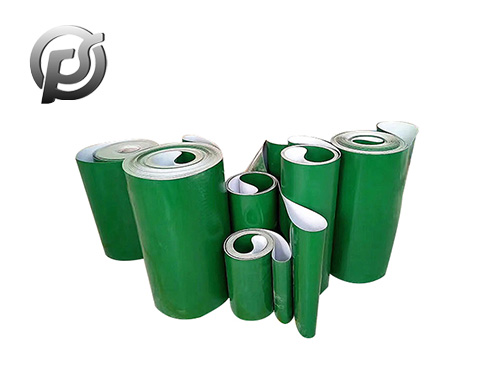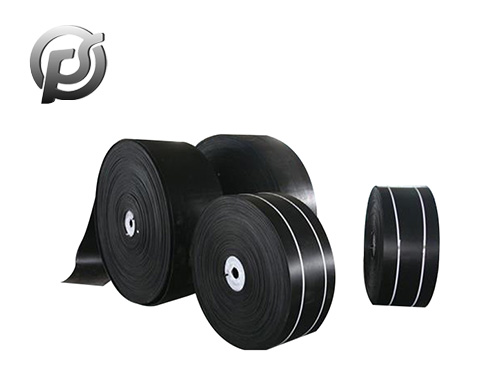Big dip conveyor side
belt conveyor is a general purpose continuous conveying equipment for bulk materials, using a conveyor belt with wavy guard and diaphragm. Therefore, it is especially suitable for large inclination angle transportation. The following describes the installation process.
1. Basic retest and handover acceptance. Foundation retest is the first step of belt conveyor installation, but also the key step, foundation retest should be strictly in accordance with the requirements of acceptance, measured level, elevation, center line.
2. Check and transport equipment components in place. Large dip Angle conveyor components are generally more disorderly, including the head frame, tail frame, convex and convex arc frame, the rest such as the middle frame, groove roller frame, roller, sealing covers are more disorderly, need to be counted carefully. Once all components are considered in place.
3. Installation, positioning and welding of head and tail frame, concave and convex arc frame and middle frame. First of all, the installation should be by looking for civil construction center line, determine the positioning point, and then do a line frame in the nose of the large Angle conveyor, the use of line drop, through the convex arc of the upper and lower contact, concave line segment frame auxiliary
Help, use a steel wire for belt positioning center line. During installation, the head frame, tail frame and convex arc frame must be adjusted according to the positioning center line, and the deviation is allowed within the specifications.
4. Belt hoisting and laying. The large-angle belt is a whole ring belt without joint. The weight of the belt should be clear during installation. After the belt is hoisted into place, the belt should be put into the roller, and then the bolt fasteners should be tightened.
5, belt operation, adjust the belt deviation. After laying the belt of the large-angle conveyor, install the groove roller, aligning roller and vertical roller, connect the power supply to run the belt, and adjust the deviation of the belt distance.
6, belt conveyor accessories installation and bolt fastening. After belt deviation adjustment, start to install sealing cover, head guard, fastening bolts, grinding brush oil.
7. Belt conveyor is tested and accepted. After the accessories are installed, check again and deal with bolts, welds and missing items.
Expanded knowledge: large Angle conveyor structure is simple, easy to maintain, occupy a small space and save investment (can replace the conveyor, bucket lifting machine joint arrangement form and directly choose this model), easy to arrange and other characteristics, so in coal, electricity, metallurgy, chemical industry, food and other lines
Industry is widely used.
 Optimizing Operations with PE Conveyor Belts: Durability, Efficiency, and Versatility
Optimizing Operations with PE Conveyor Belts: Durability, Efficiency, and Versatility
 Exploring the Efficiency and Versatility of Light Conveyor Belts
Exploring the Efficiency and Versatility of Light Conveyor Belts
 Polyester Conveyor Belts: Enhancing Efficiency and Reliability in Material Handling
Polyester Conveyor Belts: Enhancing Efficiency and Reliability in Material Handling